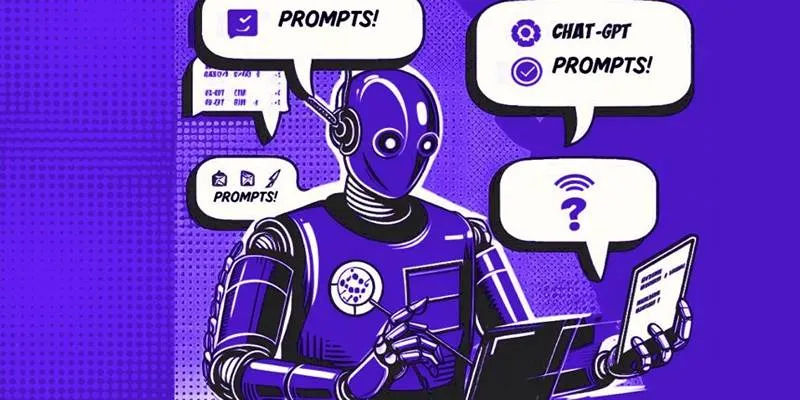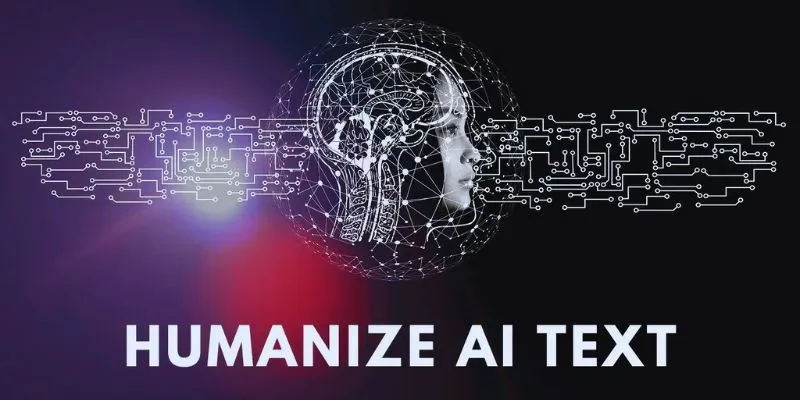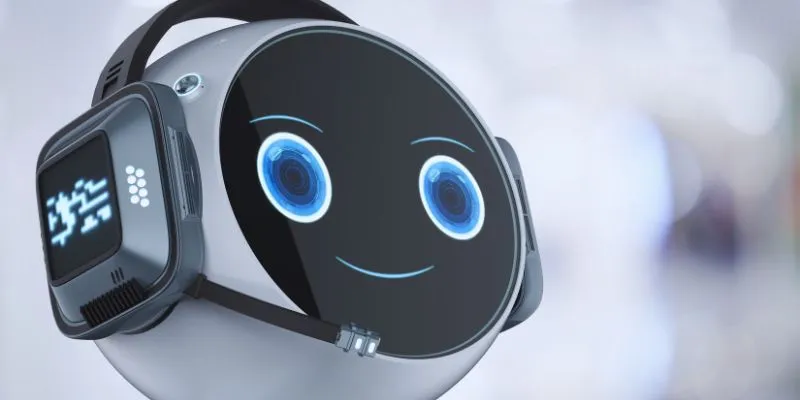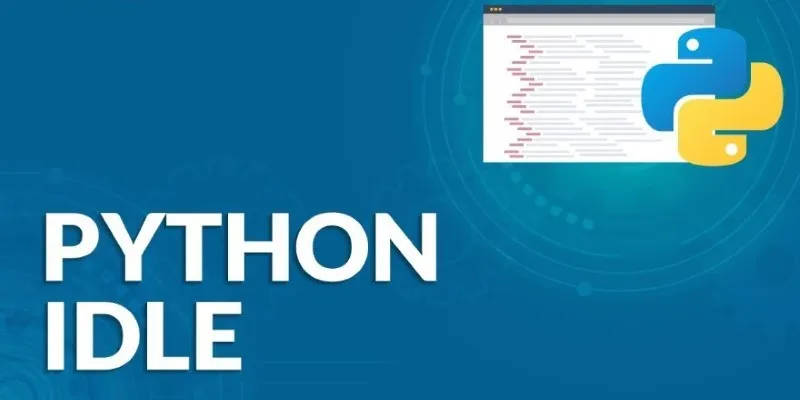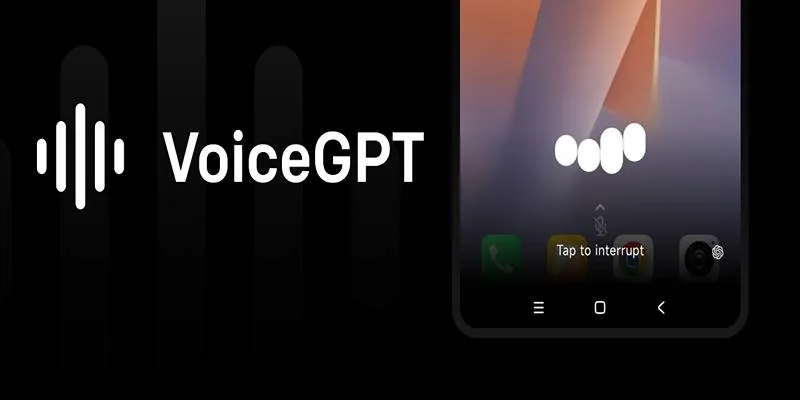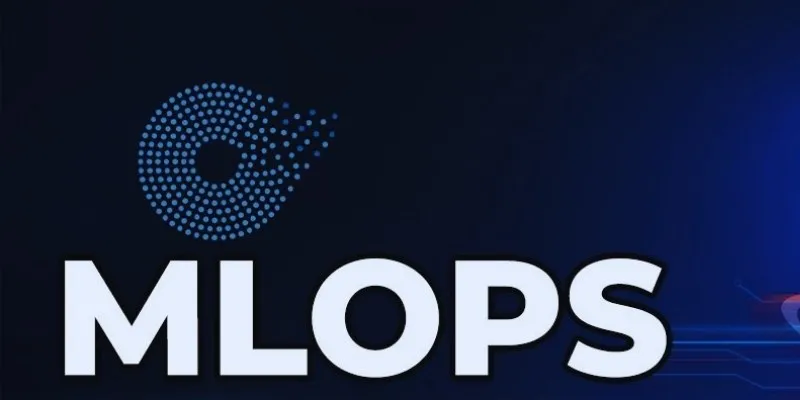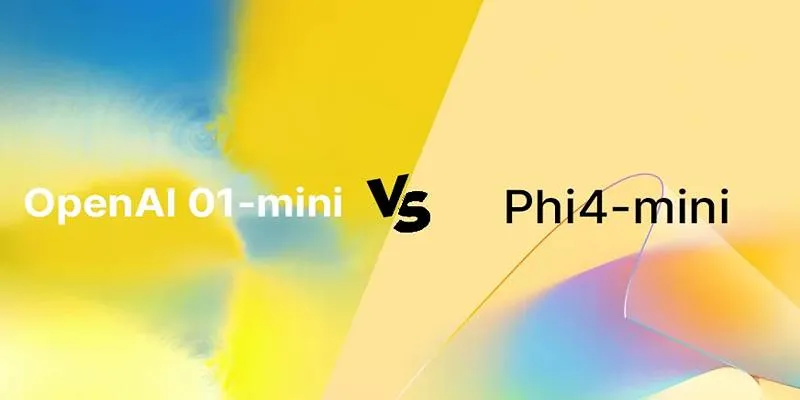There’s a reason many people either love or get frustrated with AI tools like ChatGPT, Gemini, or Claude—it often comes down to one thing: the quality of your prompt. If you’ve ever typed something vague and got a response that felt robotic, irrelevant, or just plain useless, you’re not alone. Prompting isn’t just about asking a question—it’s about asking the right question, in the right way.
After months of trial and error, stumbling through replies that missed the mark and wasting precious free tokens, I discovered a simple but powerful formula that changed everything. Once you try it, I guarantee it’ll change how you interact with AI forever.
Why Prompting Matters More Than You Think
Getting what you want from AI is like talking to a super smart but slightly literal assistant. It’s fast, capable, and knowledgeable—but only if you tell it exactly what you need. The difference between a mediocre answer and a perfect one isn’t the AI model—it’s how you prompt it.
Think of prompting like giving GPS directions. The more specific you are, the better the route. If you just say “take me somewhere nice,” you might end up at a random gas station. But if you say “take me to the best coffee shop with Wi-Fi and outdoor seating,” you’re more likely to get what you’re looking for.
That’s exactly where this formula comes in.
The 4-Part AI Prompting Formula That Works Every Time
This method, inspired by expert guides and real-world use, breaks your prompt down into four simple parts:
- Persona
- Task
- Context
- Output Format
Let’s break each one down so you can see how they work together.
1. Persona – Who Should the AI Be?
Before anything else, define the role the AI should take. This sets the tone and personality of the response. Should it act like a professor? A travel guide? A nutritionist? Giving the AI a clear persona helps it respond with the right voice, tone, and expertise.
Example:
“You are a career coach helping recent graduates land their first job.”
This part tells the AI to focus on mentoring, advice-giving, and professional insights—rather than just giving surface-level answers.
2. Task – What Do You Want It to Do?
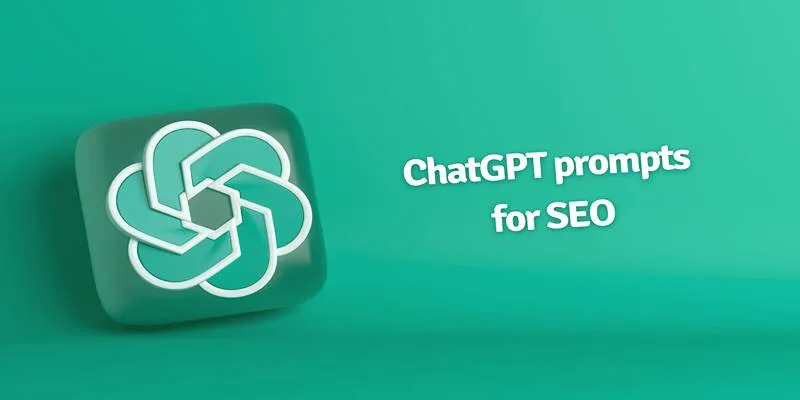
Be crystal clear about the task at hand. If the AI doesn’t know exactly what you want, it may guess—and that rarely ends well. Don’t just say, “help me with something”—say what that something is.
Example:
“Write a cover letter tailored for an entry-level marketing role.”
The more precise your ask, the better the output. Think of this like giving a recipe instruction rather than just saying “make something tasty.”
3. Context – Why, When, or For Whom?
Next, add relevant background info. What are the conditions or constraints? Who is the audience? Is there a specific style, industry, or situation to consider? This ensures the AI doesn’t produce something too generic.
Example:
“I’m a recent graduate with a communications degree applying to a remote job
that values creativity and independent thinking.”
Now the AI understands the nuances of your situation, making its response far more tailored and accurate.
4. Output Format – How Should the Response Look?
This part is often skipped, but it makes a massive difference. Do you want a bullet list? A structured article? A script? Telling the AI how to present its answer ensures you get something that fits your needs right away.
Example:
“Present it as a formal letter with a greeting, three concise paragraphs, and
a closing.”
When you specify the format, you avoid wasting time reorganizing or rephrasing the content later.
Putting It All Together: An Example Prompt
Here’s how it all comes together in a real example:
" You know a lot about travel and are helping me plan a trip. Make a specific plan for your seven-day trip to Japan. My family and I love to travel together because we love to learn about other cultures, eat local food, and do things outside. Send it as a daily plan with suggestions for the morning, afternoon, and evening.”
This single prompt includes all four elements:
- Persona: travel guide
- Task: create an itinerary
- Context: family, cultural and outdoor interests
- Output Format: day-by-day breakdown
With this level of detail, the AI knows what role to play, what to do, what to consider, and how to present the result. And that usually means you get the answer you want in one try—no follow-ups, no retries, no wasted effort.
Why This Formula Actually Works
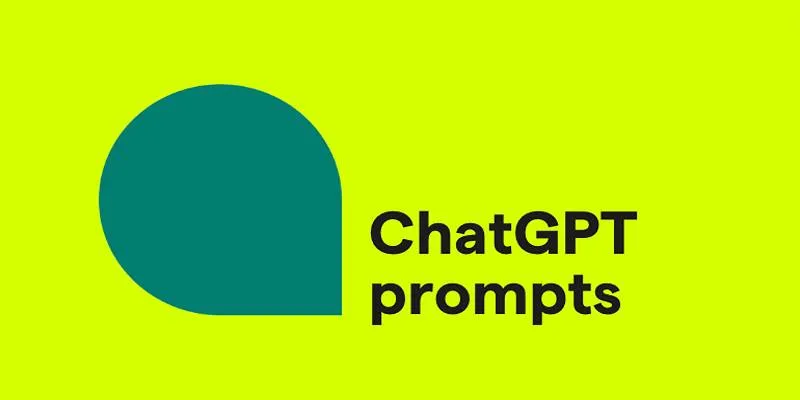
So, what makes this formula better than just winging it?
- It’s focused. You’re not leaving anything to interpretation.
- It’s adaptable. Whether you’re writing essays, brainstorming business ideas, or debugging code, the formula works.
- It’s easy to tweak. Didn’t get what you wanted? You can easily adjust just one part of the formula to refine the output.
- It reduces retries. You save time, tokens, and brainpower by getting better results from the first response.
Think of it as a toolkit for clearer thinking. Breaking your request into these four parts also helps you clarify your own goals before involving AI.
Common Mistakes to Avoid
Even with this formula, users sometimes fall into common traps:
- Being too vague: Avoid general phrases like “write something about fitness.” Be specific!
- Omitting context: Don’t forget details like age, preferences, location, or prior knowledge.
- Skipping format: Always mention how you want the response delivered.
- Using conflicting personas and tasks: Asking a “tech support agent” to write poetry will confuse the model unless you clarify the intent.
How to Practice This Formula?
Like any skill, crafting effective prompts takes a bit of practice. Try these tips:
- Write the formula down and fill it out for different tasks.
- Experiment with roles —change the persona and see how it changes the output.
- Refine your context —add or remove details and observe the difference.
- Play with formats —ask for tables, bullet points, essays, or even tweets.
You’ll start to notice patterns in how the AI responds, and over time, your prompting will become second nature.
Conclusion
Prompting doesn’t have to be a guessing game. With this simple four-part formula—Persona + Task + Context + Output Format—you can take control of your AI conversations and start getting much better results.
It’s changed how I use ChatGPT, making my interactions with AI tools feel more like collaborations rather than transactions. If you’re tired of vague answers or having to rephrase the same thing five different ways, give this formula a shot.
I guarantee you’ll love the results—and probably wonder why you didn’t start using it sooner.
 zfn9
zfn9
